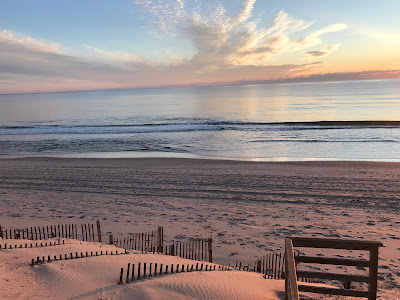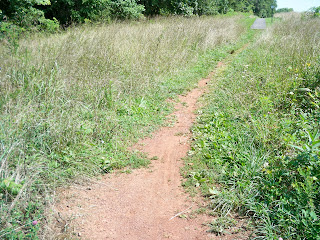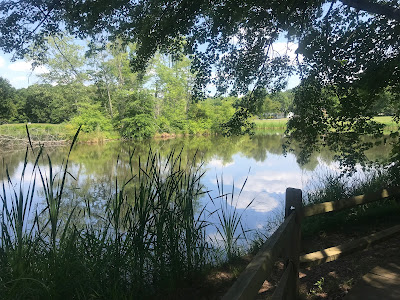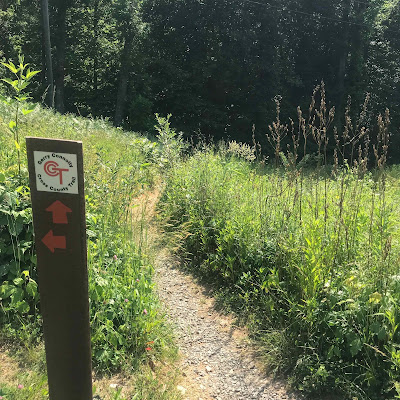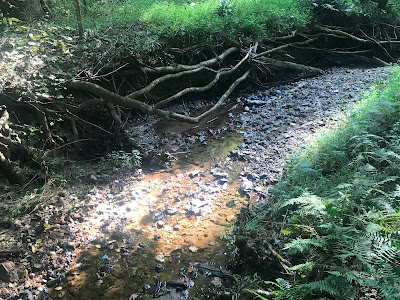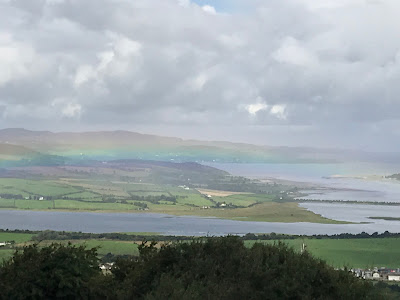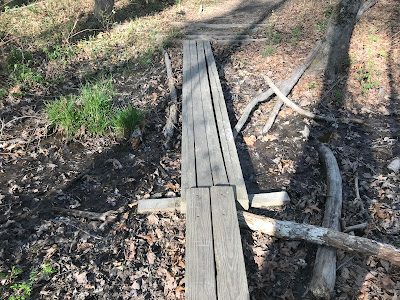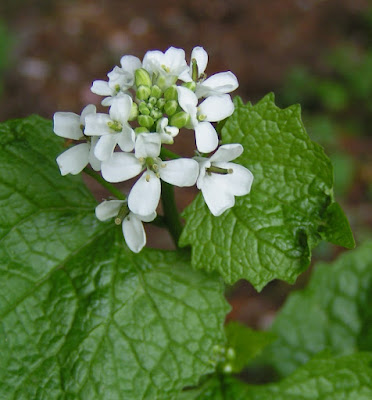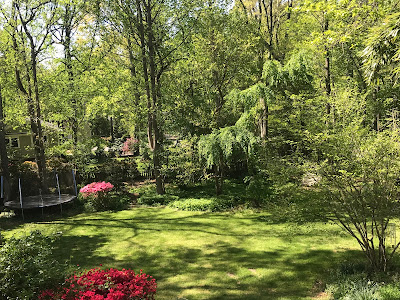The Convert
The skin is an organ. But it’s an organ that blushes. No wonder, then, that we treat it differently than we do, say, our liver or spleen. Specifically — and especially at this time of year — we protect it from the sun. Or we don’t.
For many years, I actively sought a tan. I was a member of the baby-oil-and-baking-on-a-beach crowd. I sunbathed on my towel in various parks in Chicago and New York City. I’d spend entire days outdoors daubing on only a little SPF 8. I even laid out on the hot tar roof of my Greenwich Village apartment.
Tans made me look better, I thought. They evened out my skin tone, gave me a rosy glow. They also, through the years, damaged my skin.
I converted to sunscreen years ago, 45 SPF or higher. But this summer, I’m redoubling my efforts. I reapply often. Sometimes, I even carry sunscreen around in my purse. I’ve become, if not fanatical, at least responsible. And so, I enter the summer pasty and white — or make that pale and healthy.
